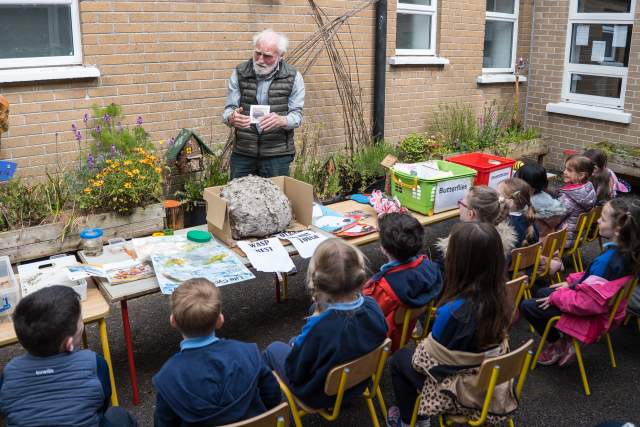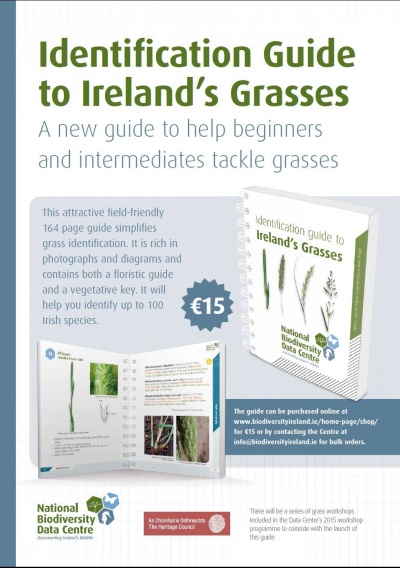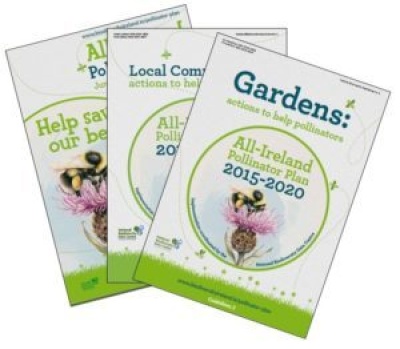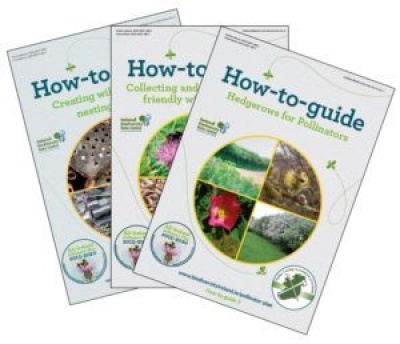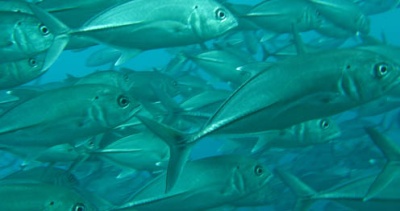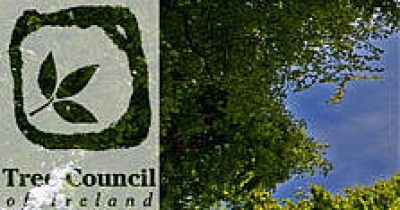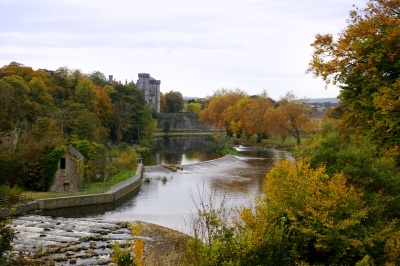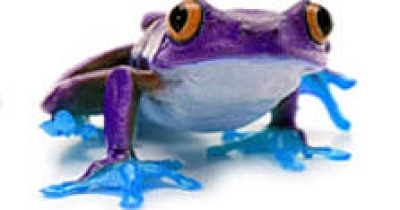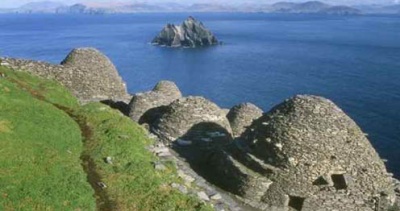Wildflowers of Ireland
This fabulous website is Zoe Devlin's personal record of the wildflowers of Ireland containing her own photographs of the Irish wildflowers which over the years she has come across and recorded. A fantastic resource for those wanting to learn about the wildflowers of Ireland.
Read moreRead lessThe wildflowers can be searched by name (English, Latin or Irish); by colour and by flowering period. Zoe includes folklore with regard to many of these wildflowers and any other relevant herbal information, historical or literary allusions.
